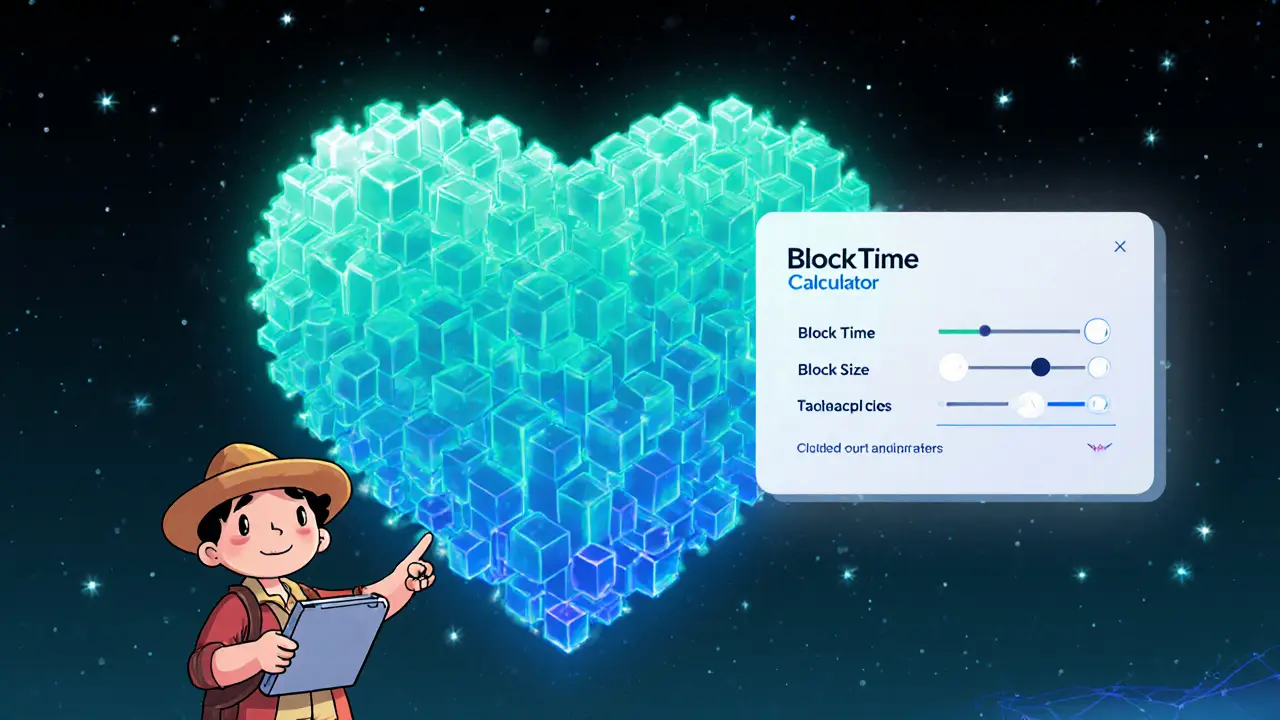When working with Block Time, the average interval between the creation of consecutive blocks on a blockchain. Also known as block interval, it directly influences how fast transactions become final. In the same breath, blockchain, a distributed ledger that records transactions in immutable blocks relies on a consensus algorithm, the set of rules that nodes use to agree on the next block to enforce that interval. The relationship is clear: the consensus algorithm sets the target block time, and the network works to hit that target on every round.
Understanding Block Time helps you gauge how long a payment will sit pending before it’s confirmed. A shorter block time means quicker confirmation, but it can also raise the risk of forks if the network can’t keep up. That’s where mining difficulty, the computational challenge adjusted to keep block production steady steps in: if blocks are being found too fast, difficulty rises to slow the pace back to the target interval. Conversely, network latency—delays in propagating transactions across nodes—can make the effective block time feel longer, especially during peak traffic. These factors together shape transaction finality, which is the point at which a transaction is irreversible. By balancing block time, difficulty, and latency, blockchains aim for a stable user experience while preserving security.
Below you’ll find a curated selection of articles that break down block time from different angles—technical deep‑dives, real‑world impact on DeFi swaps, and comparisons across major chains. Whether you’re a trader watching fee spikes, a developer tuning smart contract timing, or just curious about why Bitcoin’s block time differs from Solana’s, the posts ahead will give you concrete data and actionable tips. Dive in to see how block intervals affect everything from airdrop eligibility to validator rewards, and get a clearer picture of what to expect when you hit “send” on your next crypto transaction.

Learn how block time determines transaction speed, why Bitcoin uses a 10‑minute interval, and how Layer‑2 solutions like Lightning provide instant payments.